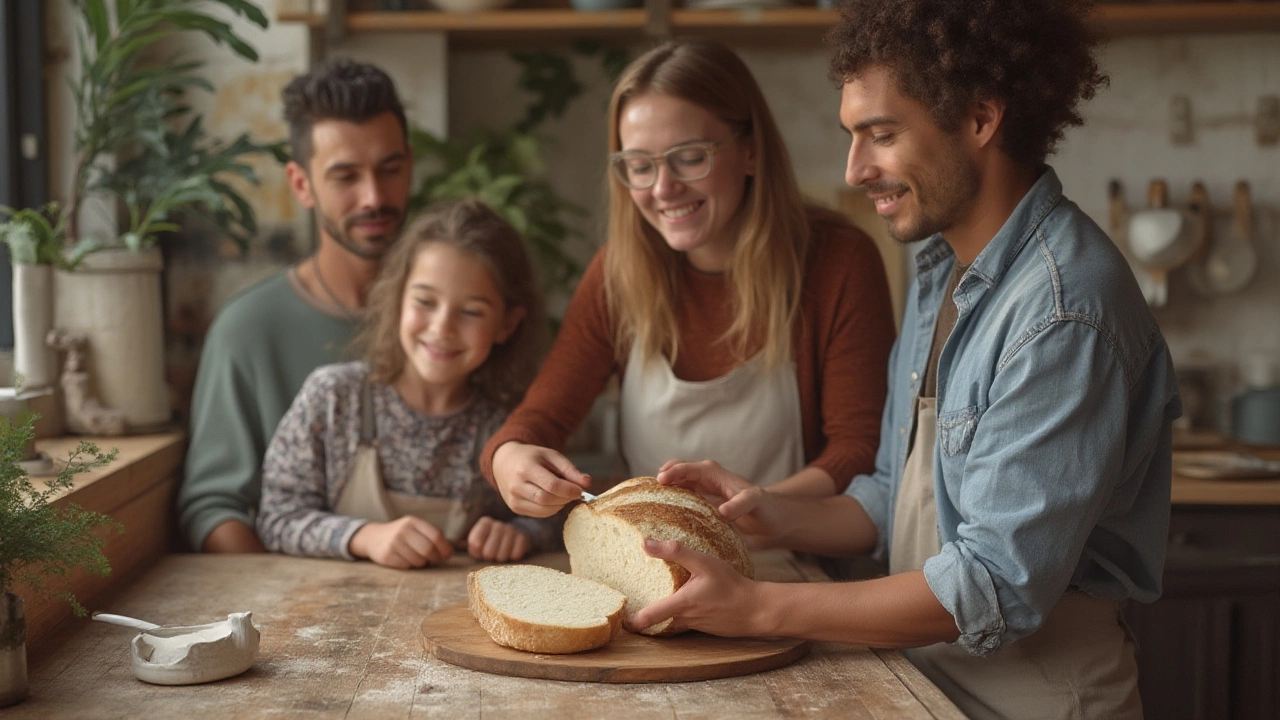
Take a peek in any artisan bakery or scroll through foodie Instagram posts, and you’ll spot sourdough everywhere. People swear it’s easier on your stomach, some folks hope it fits into a gluten-free lifestyle, and a few claim it’s just tastier than the rest. But does sourdough bread actually qualify as gluten-free? If you have celiac disease or simply want to cut out gluten, can you tuck into a slice without worry? The debate is anything but dry—especially since so many of us are on the hunt for bread that won’t turn our guts into a war zone. Let’s break down the facts, myths, and surprises hiding in that tangy loaf.
How Sourdough Is Made and Why People Think It’s Gluten-Free
Sourdough isn’t like sliced white bread or even your average whole wheat loaf. Bakers make it by mixing flour, water, and wild yeast from the air, then letting it ferment—sometimes for days! This long, bubbly process gives sourdough its signature tang and chewy crumb. The coolest part? The good bacteria and wild yeasts break down some of the gluten and other proteins in the flour while the dough ferments. That’s why so many people hear whispers about sourdough being “naturally gluten-light” or “safe” for sensitive eaters.
But let’s get real: most sourdough still starts with regular wheat flour, which is packed with gluten. Gluten’s the protein that makes bread stretchy and chewy, and it hangs out in wheat, barley, and rye. During fermentation, sourdough microorganisms do munch up some gluten—but not all, and the amount really depends on the recipe, flour blend, temperature, and how long the dough rises. A famous study out of Italy in 2007 showed that a true, days-long fermentation could chop gluten content by 97% or more! But here’s the catch: most bakeries let sourdough rise for much less time, so gluten sticks around. Commercial sourdoughs you’ll find at the store—yeah, they usually just taste tangier but don’t have less gluten than normal bread.
Here’s an insider tip: “traditional” sourdough means different things to different bakers. Some let their dough sit for just a few hours (not nearly enough to break down much gluten), while others let it ferment overnight. And if your baker gets playful with rye or spelt, don’t get your hopes up—both grains still have gluten. The bottom line? Unless the loaf is made with gluten-free flour, fermentation alone won’t make sourdough gluten-free. You’ll want to ask exactly what flour was used and how long it was fermented if you’re concerned.
Gluten, Celiac Disease, and Sourdough: Safe or Not?
If you have celiac disease, every crumb of gluten counts. The medical cutoff for “gluten-free” is less than 20 parts per million (ppm)—tiny, but enough to keep guts safe for most people sensitive to gluten. Ordinary wheat sourdough, no matter how tangy or tangily fermented, just can’t promise you’ll stay under that limit. Lab tests on regular sourdough loaves found they nearly always broke the 20 ppm rule. Some got close, but unless you’ve got a microscope and a chemistry set, you’ll never guess how much gluten makes it into your bite.
This gets confusing because a few online articles—or even trendy bakeries—try to convince you that “real” sourdough is almost gluten-free. Maybe someone’s grandmother with celiac says she “tolerates” French bakery sourdough just fine. But individual stories aren’t the same as scientific proof. The reality is, if you have celiac disease or severe gluten sensitivity, you shouldn’t gamble on regular sourdough. Trust me, I’ve watched a friend eat a tiny chunk of restaurant bread “to see if it’s safe”—and then spend the next day doubled over. There’s no magical sourdough exception for people with gluten issues.
Still, there are exceptions that won’t wreck your next brunch: bakeries and brands that create sourdough with gluten-free flours like rice, sorghum, or buckwheat. These can be every bit as tasty and tangy as traditional sourdough, believe it or not. Their makers use wild yeast starters (sometimes with fruit or wildflowers to get them going) and still get that signature crackling crust. The key is making sure the bakery’s recipes and equipment are totally gluten-free and free of cross-contact. Look for gluten-free labeling certified by strict third-party programs, and don’t take chances with homemade sourdough starters lurking near all-purpose flour in the kitchen.

Separating Sourdough Myths from Science
If you love the lore of sourdough, you’re not alone. Everything about this bread is steeped in stories—whispers that San Francisco’s fog makes the crust chewier, that ancient methods make modern bread easier to digest, or that real sourdough won’t bother your belly even if you “can’t eat gluten.” The truth, though, comes down to actual chemistry.
Fermentation does help break down parts of the gluten structure and other hard-to-digest bits in the flour. That’s why some people—especially those with less severe wheat sensitivity or IBS—sometimes feel better eating sourdough compared to super-processed bread. But “better for digestion” isn’t the same as being gluten-free. Another fun fact: sourdough’s good-for-your-gut reputation also comes from its lactic acid bacteria, which can act like probiotics and slow the bread’s impact on your blood sugar. If your stomach sometimes feels a little grumbly after eating bread, you might find sourdough sits easier. But again, if you need to truly avoid gluten, look for breads certified as gluten-free, not just “slow fermented.”
Here’s a simple checklist if you want your sourdough bread to be safe for gluten-free eating:
- The ingredients list only gluten-free flours (think brown rice, millet, sorghum, corn, chickpea, or certified gluten-free oat flour).
- The starter was also fed only with gluten-free flour from day one. (No cheating with a wheat starter.)
- No risk of cross-contamination with regular wheat flour in the bakery or kitchen.
- The final loaf is labeled gluten-free, ideally with a certification logo from an organization that tests finished products below 20 ppm.
Some bread lovers even make their own gluten-free sourdough at home so they know exactly what goes in. If you’re excited to try, remember that gluten-free dough acts differently from wheat—you’ll need to be okay with wet, sticky batters and be patient during longer fermentations. The reward? A crunchy loaf you can actually enjoy, with none of the stomach drama.
Tasty Tips and Smart Choices for Gluten-Free Sourdough Lovers
Ready to hunt for the perfect, safe sourdough? Shop the freezer case or gluten-free bread aisle at your favorite health food store. I’ve found frozen loaves from Canyon Bakehouse, Simple Kneads, and Bread Srsly, and warmed-up slices taste just as dreamy as bakery-fresh for toast or sandwiches. Bread Srsly, by the way, only makes gluten-free sourdough with brown rice starters and no wheat in the bakery—so you don’t even have to worry about flour dust in the air. Always check the label for that all-important “gluten-free” badge, and if you’re at a bakery, don’t be shy about asking staff how their sourdough gets made.
Making your own at home? There’s an entire world of gluten-free sourdough communities on Instagram, Reddit, and (my favorite) Facebook groups—folks share everything from starter tips to troubleshooting misshapen loaves. If you want quick and easy: start a brown rice flour sourdough starter by mixing equal parts brown rice flour and water, feeding it daily for about a week. Once bubbly, try a beginner’s recipe using a gluten-free flour blend. Don’t stress about it looking Instagram-perfect on your first go. Even if you end up with a rustic, wonky round, it’ll taste great toasted up for breakfast the next day.
I’ll admit, my daughter Tamsin’s favorite part is slathering warm sourdough with peanut butter and a sprinkle of chocolate chips when it comes out of the oven. Sourdough—especially gluten-free—has turned into a little tradition at our weekend breakfast table. You don’t have to settle for dry, crumbly bread or skip out on delicious bakery flavors just because you want or need to go gluten-free. With a little research, a willingness to try a few new brands (or recipes), and an eye on the ingredients list, you can join the world of sourdough lovers without worry. And if your friends ask if sourdough is gluten-free? Share what you know—so more people can safely enjoy that crackling, tangy slice.
So, is sourdough gluten-free? Not unless it’s made with gluten-free flours and certified safe. But with growing options out there, you don’t have to miss out on one of bread’s best flavors—no matter what your gut says about gluten.


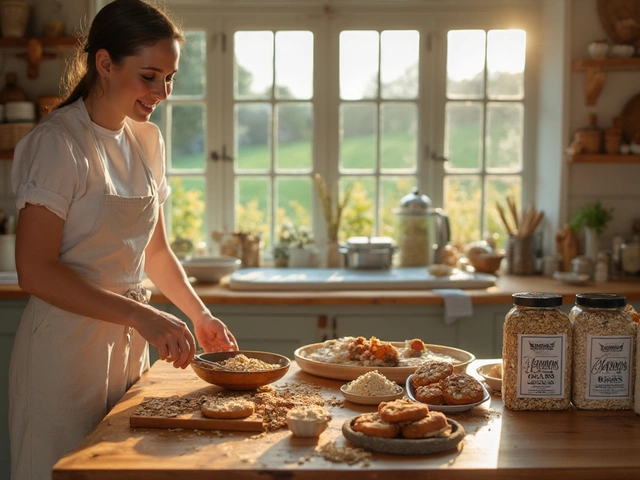
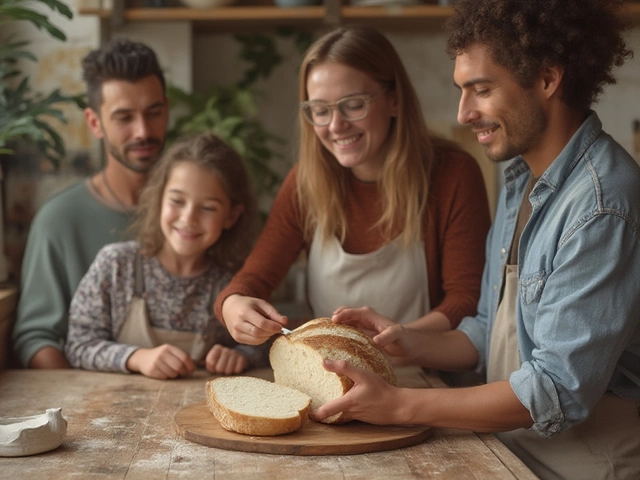
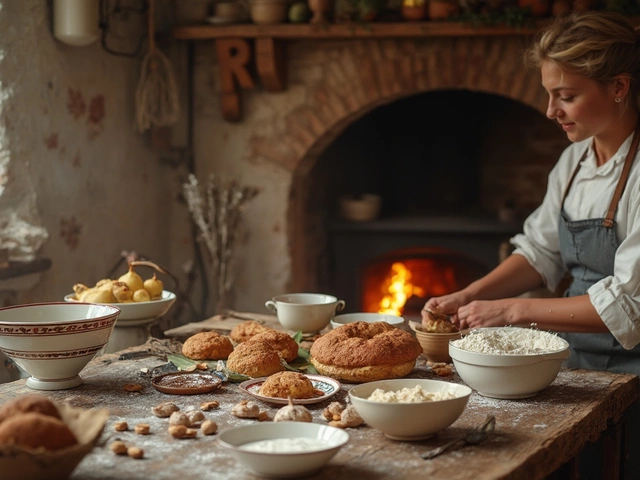
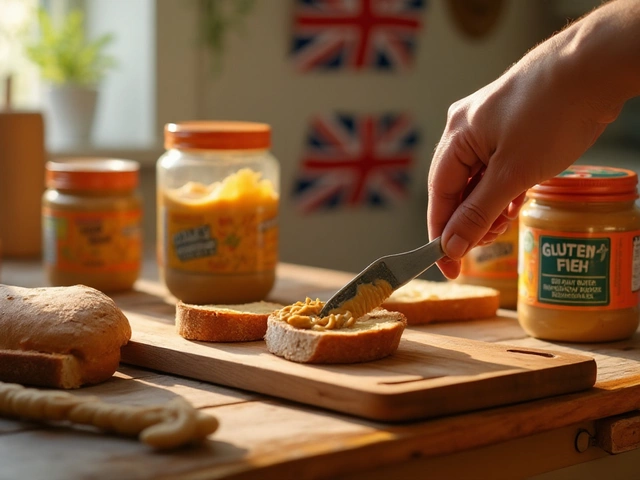

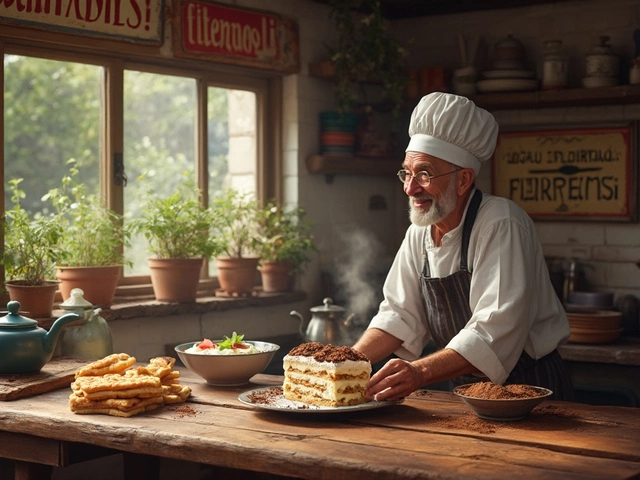



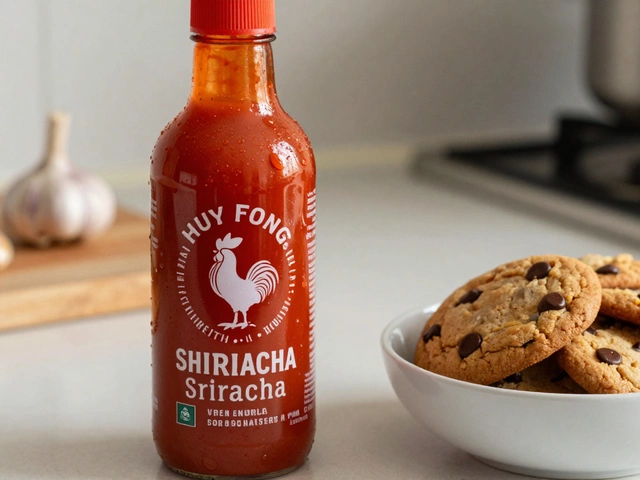
Write a comment